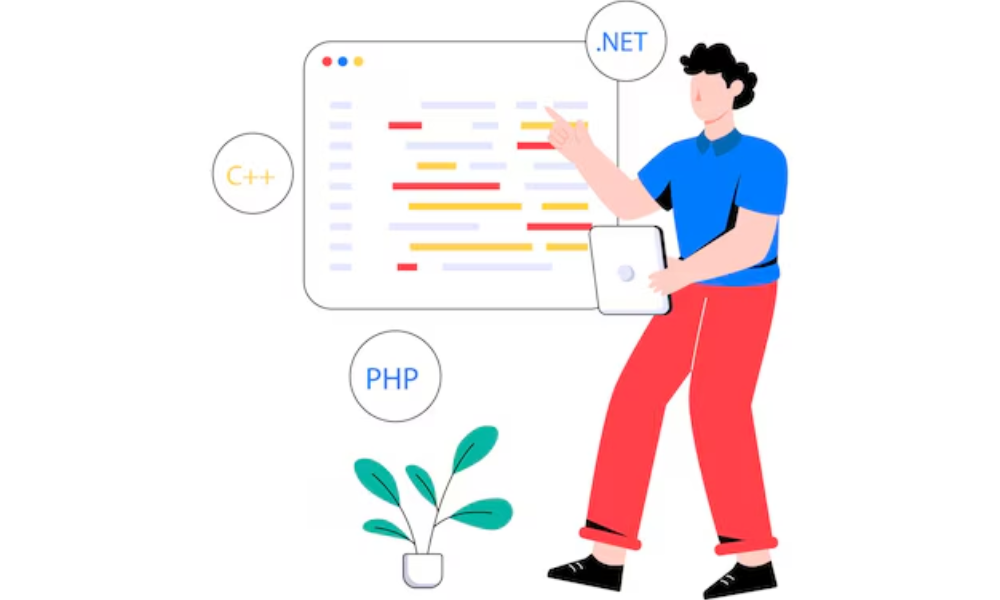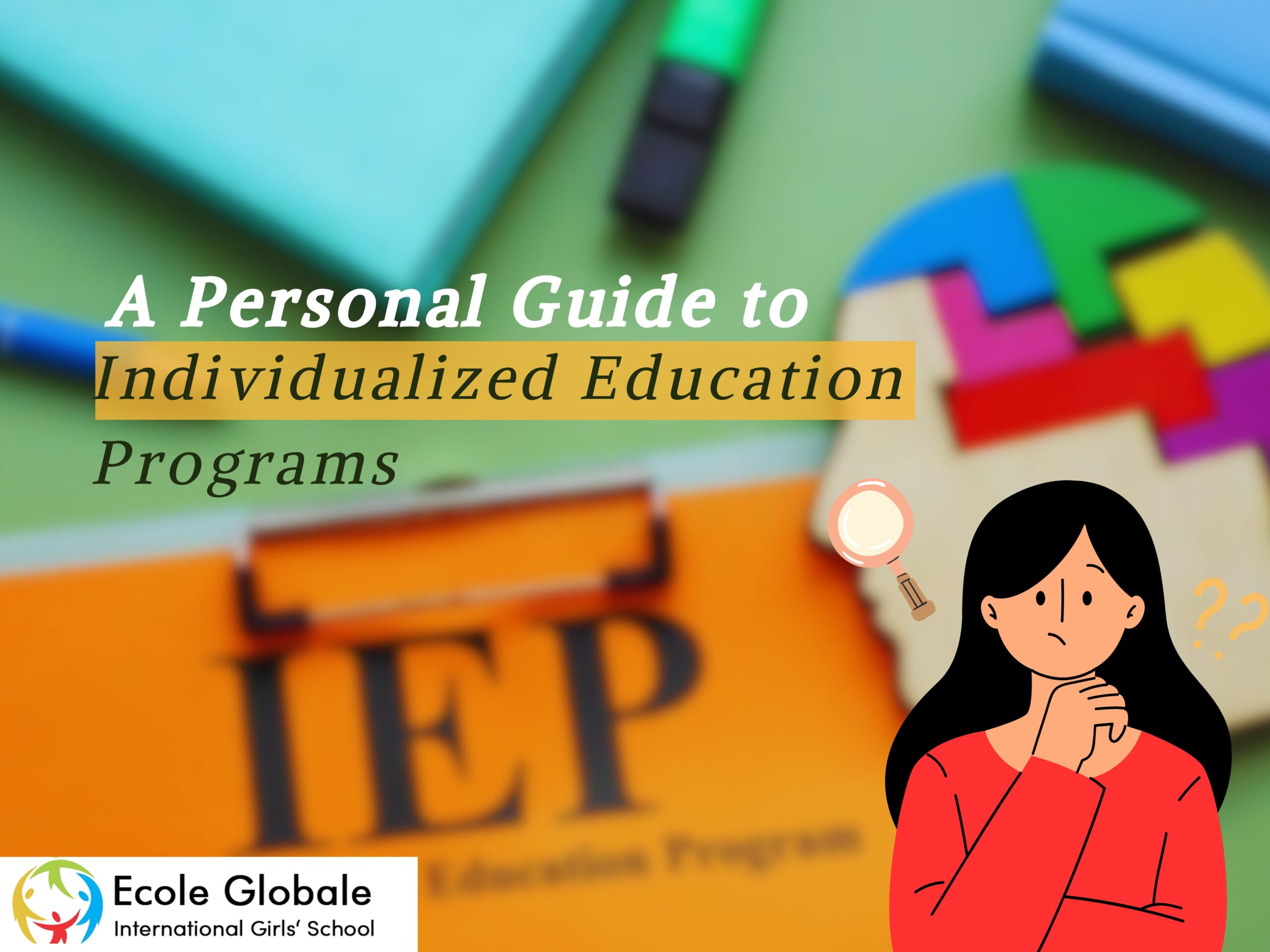I want to share personal thoughts on the idea of an individualized education program. This plan helps many young people and parents find steady ground when school feels complicated. It might sound like a new approach, yet it has been part of countless classrooms for years.
My hope is that you see how this process can ease stress, build confidence, and create a clear path for any learner who needs special attention. I will also refer to schools in Dehradun, since several families seek out that region for a certain quality of education and a welcoming atmosphere.
I remember meeting a young learner who struggled in math class. That learner tried to keep up with group lessons but felt lost. The teacher recommended an individualized education program to outline step-by-step goals. The plan guided the learner’s progress.
After a few weeks of these lessons, it felt as if a light switched on. That student’s face lit up whenever a new concept finally clicked. This gave me a fresh understanding of how a carefully chosen strategy can change someone’s outlook on school.
What This Program Means

A Detailed Guide
An individualized education program explains where a student is right now and sets small, clear goals for the future. It can include notes on reading ability, math skills, or social behavior, and it suggests ways to support areas that need extra help.
Who Can Use It
This plan is not just for those with major challenges. It works for anyone who finds a few subjects tricky. It offers guidance to help manage tasks more easily, turning everyday classroom struggles into manageable steps.
Impact in the Classroom
When a student follows clear steps, the classroom runs more smoothly. Teachers know exactly where to focus their efforts, families receive regular updates, and students feel supported—almost as if they are following a roadmap with rest stops and check-ins.
Measuring Success
The program usually includes simple tests or informal notes to track progress. These small pieces of information help the teacher decide what to do next and adjust the plan if needed.
Encouraging Involvement
The plan invites parents and students to share what feels right and what might need change. For example, some students might need extra time on tests, a buddy system, or short breaks after a tough lesson. Such small adjustments can boost self-esteem in meaningful ways.
Who Can Benefit

I have seen firsthand that many learners gain from these plans:
- For Parents: You can turn homework chaos into order. A clear plan helps you see progress and know that your child is moving forward.
- For Teens: A plan gives you a chance to speak up about what works best. You learn to ask for extra time or help when you need it.
- For College Students: Skills learned early on, like asking for a quiet study space, can carry over into higher education.
Imagine watching your child slowly build confidence. It is very rewarding. When each lesson has a clear goal, you know progress is happening.
Simple Parts of the Plan

Many people get nervous about fancy words in school documents. I like to think of an individualized education program as having clear sections, much like chapters in a simple book. I will list a few to paint a picture:
- A Starting Point
This is the summary of the learner’s current reading level, math skills, writing style, or other points. It acts like a snapshot that shows where the learner stands at that moment. - Short Targets
These goals might say, “Try to improve reading speed by a small amount each week.” Or, “Work on being able to solve a certain number of math problems by the end of the month.” This section guides day-to-day practice. - Methods to Help
The plan might say the learner gets extra time on tests. Or they might receive checklists for organization. Some get a quiet reading zone if noise is distracting. These methods are chosen after talking with the learner, family, and teachers. - Measure of Progress
This states how the teacher or counselor will check if the learner meets the targets. It could include quizzes, written notes, or a simple observation chart. - Schedule for Updates
The plan might say there is a check-in every few months to see what changed. Everyone gathers to look at the data and decide if the goals need to shift.
You do not need an expert’s training to read these sections. A parent with zero background in special education can understand them. A teen can read it and say, “Yes, this feels right for me,” or “I need a bit more help here.” That collaborative spirit is what makes the plan so valuable.
Steps to Create the Plan

Creating the plan starts when someone notices you might need extra help. Then:
- Observation: A teacher or parent sees a pattern, like falling grades or a hard time following class.
- Meeting: Parents, teachers, and sometimes you come together. Everyone talks about what might help.
- Writing Goals: Together, you set small, clear targets. I once saw a teen suggest a five-minute break after reading tasks, and that idea made a big difference.
- Everyday Use: The plan is used in class. If extra math practice is needed, the teacher schedules a short session.
- Review: The group meets again later to see how the plan is working and to adjust if needed.
This process is a group effort. Every voice matters in creating a plan that fits you.
Personal Observations on How It Feels

I remember a sibling who had trouble focusing. A plan was made with small breaks and a chart to track tasks. Each time they earned a star on the chart, you could see the pride on their face. It turned frustration into small victories and made school feel more manageable.
You might worry about a child who dreads class. When they see a plan in action, that fear can fade. It shows that you are not alone and that someone truly cares about your progress.
Connection with Schools in Dehradun

Many families in India value schools in Dehradun for their blend of strong academics and personal growth. Here’s what you might find there:
- Balanced Learning: Schools mix academics with sports, arts, and outdoor activities.
- Smaller Classes: Teachers can notice each student’s needs better.
- Extra Support: Some schools offer resource rooms or one-on-one mentoring.
- Calming Environment: The natural setting helps many students feel less stressed.
If you’re considering a school for your child, ask about class sizes, support staff, and specific programs for extra help. These questions can guide you to a place that fits your child well.
Common Worries and Reality Checks

Some parents feel uneasy. They worry that their child might be labeled or teased. In many schools, the situation is more respectful than people assume. Teachers often explain that each student grows at a personal pace. With caring staff and open communication, stigma becomes less likely. Children usually adjust fast once they see how these steps help them learn better.
Some worry that an individualized plan might lessen the difficulty of work. My observation shows it does not always lower standards. It might break bigger tasks into smaller chunks but does not remove the need to learn. It supports the learner with strategies and tools. Over time, many students catch up or gain enough skills to work independently.
Money concerns also arise. Some families think specialized help is expensive. Public schools in many areas offer no-cost programs for those who qualify. Private schools may charge fees, though. It depends on the location and the staff. Asking about costs early helps you plan. If you find a suitable fit in Dehradun, you might weigh the cost of moving or boarding. That choice is personal.
Ways to Keep It Working

1. Check-Ins
A phone call or short chat with the teacher can be a lifeline. You can learn if your child is completing tasks or facing new hurdles.
2. Rewards for Small Steps
A star on a chart or a quick word of praise does wonders. I once gave my sibling a sticker every time they finished a reading passage on time. That little nudge boosted their motivation.
3. Teamwork
You, the teacher, the counselor, and the student can share notes. Keep track of what parts of the plan feel helpful. If something seems off, suggest changes. This is not about blame. It is about finding the best path.
4. Flexibility
A plan might need tweaks. That is natural. A reading goal might be too easy, or a math goal might be too big. Adjusting it keeps the process meaningful.
5. Encourage the Student’s Voice
Ask your child or teen what helps them learn. A teen might say they like audio lessons. A child might enjoy drawing concepts. Let them speak. This builds self-advocacy.
Consistency in these steps often keeps the program strong. I have watched shy learners come out of their shell once they see that the plan is not a rigid set of rules. They discover that adults want to support their personal style.
Looking Toward the Future

Schools are changing, and more now see that one method does not fit all. New tools like tablets and reading apps help tailor lessons to each student’s needs. In schools in Dehradun, you might see:
- Hands-On Learning: Outdoor projects and practical lessons that suit active learners.
- Modern Tools: Digital aids that adjust to each student.
- Family Involvement: Parents learn new ways to help with schoolwork at home.
The future of education is about meeting each student where they are. A plan that adapts over time gives every learner a chance to succeed.
Conclusion
An individualized education program is a practical way to help a student who feels lost or frustrated. It starts with a clear look at where you are, sets small goals, and shows ways to reach them. The plan involves teachers, family, and you, with regular check-ins to make sure nothing is left behind.
I have seen students light up when they finally understand a tricky math problem or when they realize their hard work is paying off. Parents feel relieved, and teens gain confidence. College students remember these steps and use them later on.
Remember, a good plan is not just a piece of paper. It is a promise that someone cares enough to help you find your way. It builds hope, encourages a clear voice, and makes each step count. Every student deserves to feel that spark when learning becomes clear. This plan can make that happen, one small step at a time.









